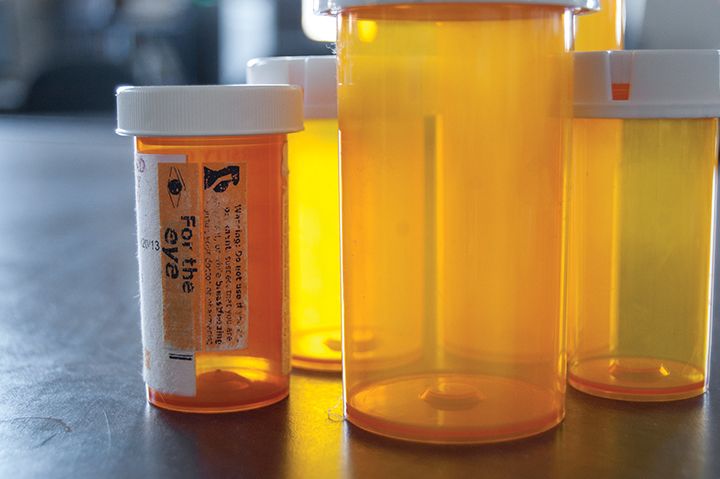Views expressed in opinion columns are the author’s own.
Pharmaceutical companies are frequently villified for charging exorbitant prices for life-saving treatment. It’s not uncommon for a simple injection to cost patients hundreds, if not thousands of dollars.
As a result, members of Congress have recently proposed bills to lower the costs of prescription drugs. One suggested solution is allowing the importation of drugs from foreign countries. Consumers could import the same drug manufactured by the same company as in the U.S., but at a significantly cheaper price.
Despite all the animosity toward the pharmaceutical industry, there could be a reason behind the outrageous price tags they place on their products. It’s often overlooked how expensive the drug development process truly is.
The cost of bringing a newly invested drug to the shelves is estimated to be around $2.7 billion. This is because most drugs will ultimately fail to pass all phases of clinical testing required to become FDA-approved. Even though the number of compounds in development has increased by 62 percent from over a decade ago and funding for drug development has also doubled, fewer drugs are being approved by the FDA than in the 1990s.
At its core, pharma is still a business. They rely on profits just like other companies, and thus must make decisions to ensure they remain economically viable.
The U.S. has higher drug prices than other countries because there’s little regulation of the prices of prescription drugs. Therefore, U.S. drug sales are a plurality of global pharmaceutical revenue, and any attempt at regulation will most likely have a substantial impact on this revenue.
Certain pharmaceutical companies may err on the side of profiteering. But the industry — for the most part — is not as profitable as pundits make it out to be. A measurement called the Internal Rate of Return, which factors in the costs of research and development and the sales made from drugs, has fallen from 10.1 percent in 2010 to 3.2 percent in 2017.
As more drugs reach the market, it becomes more difficult to innovate. Without diving into the schematics, the biochemical systems in the human body are still a mystery, hence the abundance of research in this field. Without understanding these mechanisms, it can be difficult to engineer drugs that solely interact with their target and are free of potentially dangerous side effects.
Another important factor to consider is the transient nature of these companies’ profits. A patent lasts around 20 years, but this is filed immediately following the inception of the drug. It often takes at least 10 years — most of which is allocated to clinical testing — before the drug is safe for the marketplace. For practicality purposes, the patent lasts less than 10 years.
After the patent expires, competitor drug companies can introduce lower-quality, generic versions of the drug into the market. As a result, the average price of physician-administered drugs can fall 38 to 48 percent in price. To continue generating profit — and to preserve the future of their company — they have to keep trying to develop novel drugs. And, as noted, it’s becoming increasingly difficult to pass all the required hurdles to bring a drug to pharmaceutical shelves.
While pharmaceutical companies are greedy to an extent, they are ultimately a necessary evil. The industry is driven by a high-risk, high-reward mentality; companies must continue to beat the dwindling odds to produce working products. Unless there is a large enough incentive — the large initial profit margins — many companies won’t persevere through repeated failures to create a product that helps people.
Kevin Hu is a freshman physiology and neurobiology major. He can be reached at kevxhu@gmail.com.



